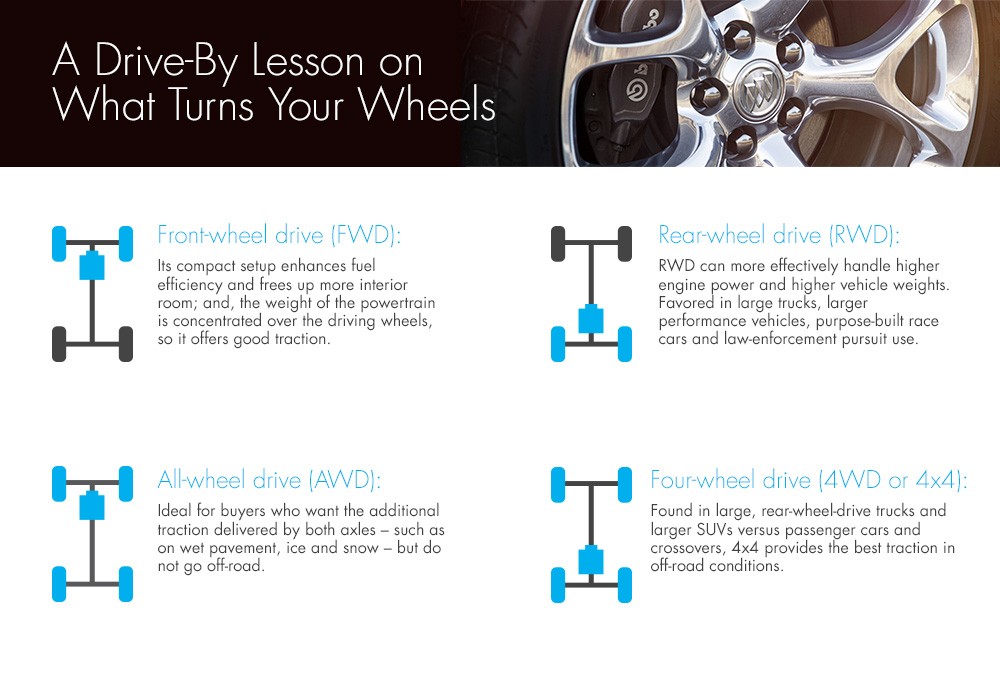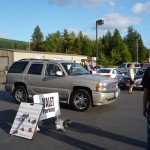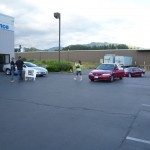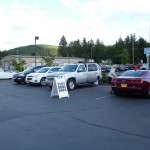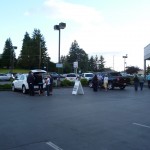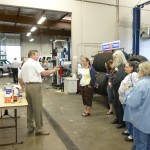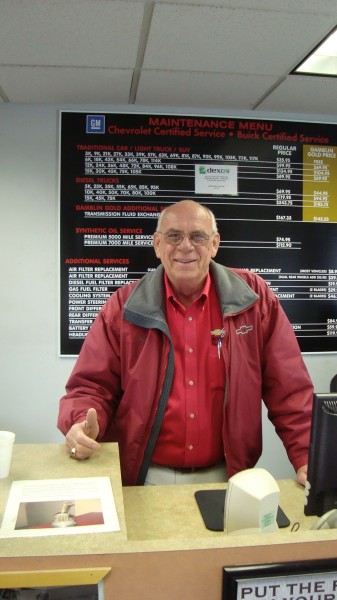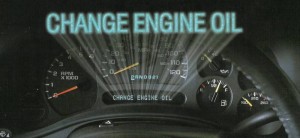Vehicles act differently on snow and ice depending on whether they have front-wheel drive, rear-wheel drive, all-wheel drive and four-wheel drive. With winter in full swing, We’d like to provide you with a brief spin through the options. Remember, almost every new vehicle from Chevrolet and Buick includes an electronic traction control system that intervenes automatically to improve performance in slippery conditions.
Front-wheel drive (FWD): Simply put, engine power is channeled to the front wheels to propel the vehicle. FWD is the most popular and prevalent system in the market because its compact setup enhances fuel efficiency and frees up more room inside the vehicle. Plus, the weight of the powertrain is concentrated over the driving wheels, so it offers good traction when it’s slippery.
Rear-wheel drive (RWD): As the name implies, engine power is sent to the rear wheels to propel the vehicle. In passenger cars, RWD reigned until the advent of FWD in the early 1980s. But RWD can more effectively handle higher engine power and higher vehicle weights, which is why it’s still favored in large trucks, larger performance vehicles, purpose-built race cars and law-enforcement pursuit use.
All-wheel drive (AWD): Don’t confuse all-wheel drive with four-wheel drive. Both engage all four wheels, but they’re designed and operate differently. Generally, an AWD drivetrain operates as a FWD or RWD system – most are FWD. AWD system pre-emptively sends power to front and rear axles on every launch to prevent wheel slip, then backs down if no slip occurs. Power is transferred automatically via a single-speed transfer case. (A transfer case connects to the transmission to split power between the front and rear wheels.) The beauty of AWD is no driver effort is needed to activate the system.
Four-wheel drive (4WD or 4×4): Four-wheel drive typically features a two-speed transfer case with high and low ranges for maximum traction. 4WD vehicles typically operate in RWD until four-wheel traction is required; and while most systems are driver-activated, many offer a setting that automatically engages the high range when it’s slippery. The driver must still engage the low range. Found in large, rear-wheel-drive trucks and larger SUVs with additional ground clearance compared to passenger cars and crossovers, 4×4 still provides the best traction and capability in off-road.

